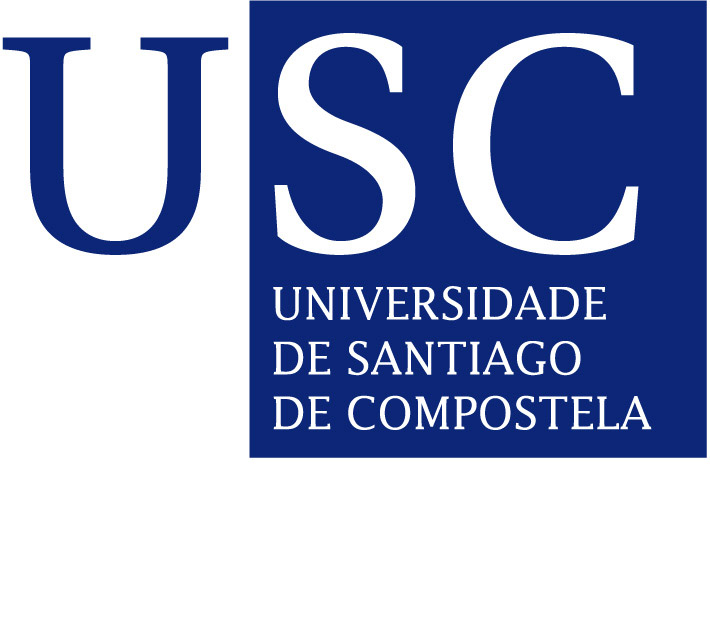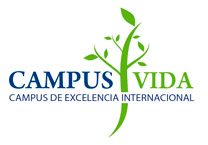Lecture: «Metal-organic interfaces: is the metallic surface a problem or an advantage?»

CiQUS Seminar Room - 12:15 h.
 Metal-organic interfaces act as boundary between the active element and electrodes in organic devices, offer the proper catalytic ingredients for the on-surface synthesis of graphene and related carbon-based nanostructures, and can lead to emerging electronic and magnetic phenomena that give rise to novel hybrid heterostructures. Their atomic scale characterization is hence fundamental not only for the control and reproducibility of organic optoelectronic devices, but also for the bottom up fabrication of nanostructures, and the engineering of novel quantum properties.
Metal-organic interfaces act as boundary between the active element and electrodes in organic devices, offer the proper catalytic ingredients for the on-surface synthesis of graphene and related carbon-based nanostructures, and can lead to emerging electronic and magnetic phenomena that give rise to novel hybrid heterostructures. Their atomic scale characterization is hence fundamental not only for the control and reproducibility of organic optoelectronic devices, but also for the bottom up fabrication of nanostructures, and the engineering of novel quantum properties.
At this point Mugarza will show several examples of studies carried out in his lab in this direction, where they combine STM imaging, spectroscopy and manipulation. First, he will focus on how the metal-molecule interaction can induce chirality in frontier molecular orbitals, magnetism in the organic ligands and how can the latter be manipulater by chemical doping atom-by-atom.
On a second part, Mugarza will address the effect of the interaction with the substrate on the synthesis of carbon-based nanostructures. He will show how the atomic stacking can determine the shape and edge structure of graphene nanoislands grown on the Ni(111) surface and that the final orientation and distribution of graphene nanoribbons can be controlled by adding functional groups to the original precursors.
About the speaker
Aitor Mugarza obtained his PhD in Physics in 2002 at the University of Basque Country. After his doctoral studies, he was awarded a Marie Curie fellowship to work as a postdoctoral scientist at the Lawrence Berkeley National Laboratory, USA, and at the Materials Science Institute of Barcelona (ICMAB).
Later in 2007, he joined the Catalan Institute of Nanoscience and Nanotechnology-ICN2 (formerly ICN) starting as a Ramon y Cajal Fellow. Since 2015, he is ICREA Research Professor and Group Leader of the Atomic Manipulation and Spectroscopy Group at ICN2. He is author of over 50 articles, and of more than 35 invited talks at international conferences, universities and schools.
His current research activity focuses on developing methods to manipulate the spin and charge at the single atom level, and characterize it by combining scanning probe microscopy (STM/STS) and synchrotron radiation-based electron (ARPES) and X-ray (XAS/XMCD) spectroscopy.


